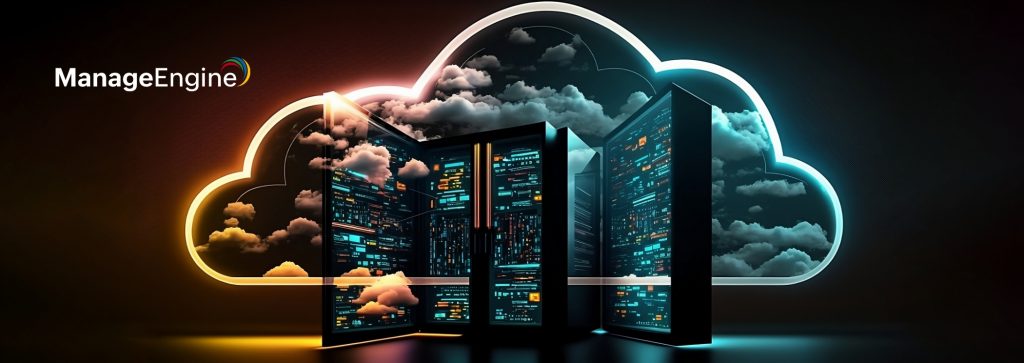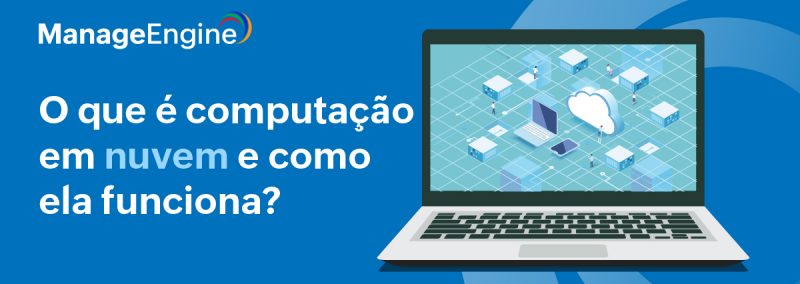
We’ve all experienced latency in some form. It’s unfortunately something we’re all too familiar with. We’ve even gone so far as to accept it as a regular albeit undesirable part of the user experience. Yet despite various steps taken over the years, it still exists and is as disruptive as ever.
The thing is, as infuriating as latency is, it doesn’t necessarily always have “dire consequences,” at least not for the casual tech user. The ramifications of latency in this case are usually only limited to the user experience (yes, admittedly this is a bad look for whoever developed the product or service, but the user isn’t going to lose anything apart from their patience, for the most part). Conversely, the effects of latency could be far more serious in other cases, especially due to the advent of new, automated functions that require little to no latency.
Take, for example, a self-driving car. This is one of the best examples of a form of technology that requires as little latency as possible. The data gathered from the many sensors on the vehicle needs to be processed in as little time as possible so that the onboard computers can make split-second decisions while on the move. You don’t need me to tell you what could happen if latency rears its ugly head when you’re in an autonomous vehicle on a freeway. Talk about a recipe for disaster.
These days, companies provide a wide range of services. So, what if you’re a big corporation that requires data to be transmitted and processed instantly with low latency? In this instance, latency can become an issue that needs to be resolved, and quickly.
The good news is, while latency cannot be eliminated, it most definitely can be minimized. Enter edge computing.
So, what exactly is edge computing?
In a traditional cloud computing architecture, data is transmitted from its source to a complex, centralized data center. This data is subsequently processed and sent back to the user or application that requested it.
Edge computing, on the other hand, is an emergent computing model in which highly specialized micro data centers with relatively limited storage and compute capabilities are set up as close to the source of the data as possible to enable quicker and more reliable processing (i.e., you’re moving the data center closer to the data as opposed to the other way around). This computing model is a lot simpler compared to traditional cloud computing—data doesn’t have to jump through as many hoops, which means latency will be reduced, along with a bunch of other benefits we’ll be taking a closer look at later.
Decentralization is the name of the game
As the volume of data at our disposal continues to increase at an exponential rate and the Internet of Things is more widely adopted, we’ll soon reach a point where it is no longer viable to rely wholly on centralized data centers for data processing.
This is where edge computing will come into play. By processing raw data locally, we can lighten the load on the central data server, meaning only relevant processed information (that requires higher processing capabilities) is transmitted to the center for further work. Think of it as a filter that keeps junk or other irrelevant data out of the cloud server.
It’s a win-win situation. Since these micro data centers are highly specialized and in proximity with the data source, they can work on time-sensitive data with minimal latency; and moreover, the central data center no longer has to waste resources and bandwidth on raw data and can focus only on what could make the best use of its capabilities.
So what we’re looking at is not a future where edge computing will totally replace traditional cloud computing models; instead, we’ll see edge and cloud computing used together for enhanced efficiency as mentioned above.
Edge computing is more than just a solution to latency and bandwidth issues
We’ve already looked at how edge computing can reduce latency and help organizations optimize their network bandwidth, but its benefits don’t end there. Here are a few more advantages it brings to the table.
It provides increased security
The concept of edge computing itself intrinsically has certain advantages over the cloud. Let me explain—cloud servers are designed with several interconnected functions in mind, whereas edge computing is more specialized.
When an edge device is hacked, only information pertaining to that specific function or process can be extracted. But in the case of cloud computing, a breach can compromise more comprehensive and contextual information relating to all processes performed on the server.
Additionally, edge computing reduces the amount and frequency of data transmitted to the cloud, resulting in reduced opportunities to intercept data in transmission.
It’s more cost-effective
While the initial outlay may be substantial as you’re setting up your own edge servers near your working location (i.e., where you’re generating your data), they’re generally cheaper to set up than cloud servers, as they don’t require as much processing power due to the more specialized nature of the data being processed.
Additionally, most cloud computing we do today is made possible by cloud service providers (CSPs). These CSPs eliminate the need to set up your own private cloud servers and act as Infrastructure as a Service providers—for a fee, of course—which unfortunately can add up in the long run.
So, back to edge servers: Despite the high initial costs, they can help you reduce overall data processing costs, as most data processing will now be done in-house while very little data gets sent to the cloud.
…and a lot more reliable
By processing data locally, organizations no longer have to stay connected to the internet 24/7. This means they need not worry about network fluctuations, and data can be processed even in remote locations with limited access to the internet, without any disruptions.
Edge computing makes it so that network operations no longer have to revolve around a central server. As a result, even when there is a failure in a particular edge device, the rest of the network will remain unaffected; this is unlike in the case of cloud computing, where the central server can act as a central point of failure.
Where does edge computing make the most sense?
Edge computing has numerous applications, but we’ve narrowed down this list to what we feel are the most notable use cases for this technology.
Autonomous vehicles
Let’s go back to the example of self-driving cars. We’ve already looked at the consequences of latency in this case. Here, edge computing can be used to instantaneously process the large amounts of data generated by the vehicle’s several onboard sensors. And while edge computing doesn’t have nearly as much processing power as a cloud server, it has the upper hand (where autonomous vehicles are concerned) thanks to its near-zero latency, which enables it to make quick decisions on the road.
Smart cities
The smart city of the future is one where various technologies are integrated into urban processes to facilitate effective monitoring, improved decision-making, and better process optimization, which can ultimately result in a higher standard of living. Technologies such as edge computing form the very foundations for this concept and are driving today’s smart city revolution.
Several smart city processes, such as automated traffic and energy management, involve the instant processing of a steady and continuous stream of information. Collecting this information and transmitting it to a central server isn’t going to work for a number of reasons. Of course, latency is one problem that comes to mind, but you also have issues relating to the remoteness of locations and even the limitations of the central data server itself. By deploying several edge processors throughout the city, simple and repetitive data tasks can be completed smoothly and without any lag whereas more complex functions can be sent to the central server for further processing.
Remote data processing
The instant and latency-free data processing capabilities of edge computing can be leveraged by organizations that have assets or operations in remote areas. As is the theme here, this data can be processed at the edge, even when there is limited connectivity, which is to be expected from a remote location.
Organizations that have operating environments in remote areas, such as offshore oil rigs or mines, can constantly monitor and process data in real time from these operations, despite network limitations.
Streaming services
With edge computing entering the picture, streaming services can leverage its capabilities to improve content delivery.
As the number of connected devices worldwide continues to rise, it no longer makes sense for streaming services to keep sinking resources into improving their cloud infrastructure. The solution here is to create a network of decentralized edge servers closer to the users. This can enable streaming services to transmit a larger volume of data with significantly reduced latency, as these edge servers have to contend with reduced distances and traffic. As a result, streaming services can make a host of real-time improvements to their content, such as enhanced video quality and little to no buffering, ensuring an enhanced user experience.
Takeaway
While the more immediate benefits of edge computing, of course, refer to the reduction of latency, we’ve also looked at a few other benefits it provides. There’s a reason why edge computing is one of the most talked-about technologies today and it’s no exaggeration to say most data will soon be processed at the edge.
